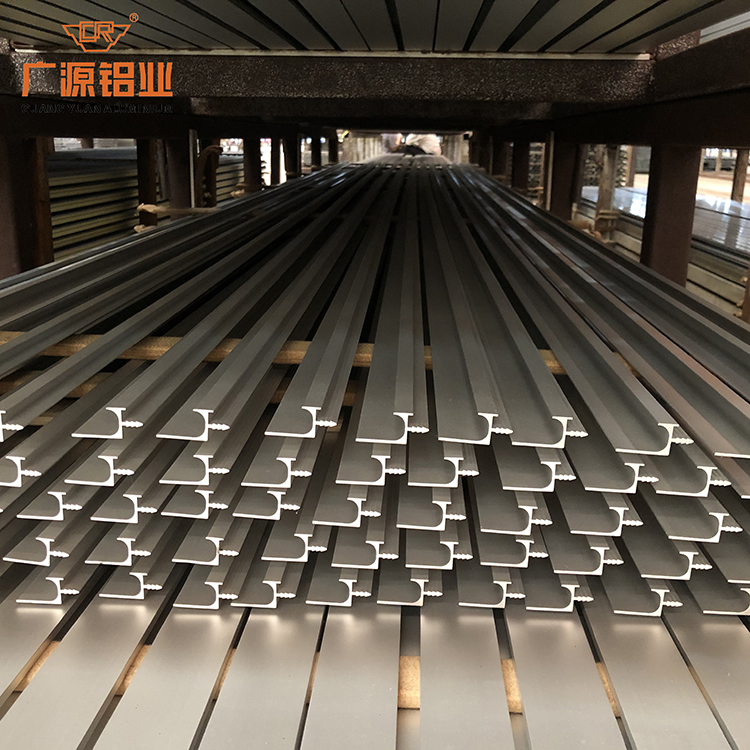
Zolemba Zachinsinsi: Chinsinsi Chanu ndichofunika kwambiri kwa ife. Kampani yathu imalonjeza kuti sinaulule chidziwitso chanu kwa chitsimikizo chilichonse chomveka.

Imelo kwa wogulitsa uyu
December 22, 2023
December 22, 2023

Zolemba Zachinsinsi: Chinsinsi Chanu ndichofunika kwambiri kwa ife. Kampani yathu imalonjeza kuti sinaulule chidziwitso chanu kwa chitsimikizo chilichonse chomveka.

Lembani zambiri zomwe zingalumikizane nanu mwachangu
Zolemba Zachinsinsi: Chinsinsi Chanu ndichofunika kwambiri kwa ife. Kampani yathu imalonjeza kuti sinaulule chidziwitso chanu kwa chitsimikizo chilichonse chomveka.